By Michael D. Hull
First, there was a faint drone, with black specks visible in the sunny sky. Then the drone grew into a thunder, and hundreds of bombers appeared over London.
In the British capital’s East End on that afternoon of Saturday, September 7, 1940, people went out into the drab, terraced streets to stare upward. They were horrified to see the Dornier Do-17 and Heinkel He-111 bombers of the German Luftwaffe they had expected a year before, when World War II broke out. The shabby East Enders watched, transfixed and helpless, for a few moments, and then hell came out of the sky.
Bombs whistled down, explosions rocked the city, and many people were killed in an instant. Men, women, and children ran for their neighborhood air raid shelters and subway tunnels as houses, stores, and office buildings burned and collapsed. Bombs tore great craters in the streets and parks.
Whistle-blowing policemen and helmeted air raid wardens bicycled or dashed around, ordering citizens to take cover. Fire engines and ambulances raced back and forth as firemen trained their hoses on burning buildings.
“The Whole Bloody World’s on Fire”
It was a frantic time for the London Fire Brigade. It had been a dry summer, and the level of the River Thames had dropped. There was not enough water with which to fight the blazes. “Send all the bloody pumps you’ve got!” pleaded a fire officer supervising a 250-acre inferno at the Surrey Docks to his headquarters. “The whole bloody world’s on fire!”
More than 300 tons of German bombs smashed a swath through the East End on the first day of the London Blitz.
Eighteen-year-old Len Jones watched shrapnel bouncing off the cobblestones along King Street. “The suction and compression from the high-explosive blasts just pulled and pushed you,” he reported. “You could actually feel your eyeballs being sucked out. The suction was so vast, it ripped my shirt. I couldn’t get my breath, the smoke was like acid. And these bombers just kept on and on; the whole road was moving, rising, and falling.” After an hour, the bombardment stopped. But more was to come.
Pressuring Churchill into Peace
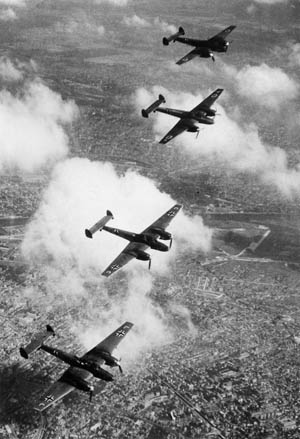
That afternoon, Reichsmarshal Hermann Göring, the corpulent Luftwaffe commander in chief, had stood with Field Marshal Albert Kesselring, commander of Luftflotte 2, on the cliffs at Cap Blanc Nez, southwest of the French port of Calais, watching a stream of bombers escorted by more than 600 fighters thundering northwestward toward the London docks. The East End bore the brunt of this and many subsequent German raids. Stepney, Wapping, Canning Town, West Ham, and other East End boroughs were adjacent to strategic targets in London—the docks, serving more ships than any other British port, and armament works, vehicle assembly plants, ironworks, warehouses, and mills.
The severe damage inflicted on the workingclass East End was no accident. Nazi leader Adolf Hitler hoped that the death and injury of civilians might force Prime Minister Winston Churchill to sue for peace, or that the raid would at least cause confusion before the planned invasion of England. Also, the raid was an act of vengeance for the Royal Air Force’s retaliatory bombing of Berlin two weeks before. Göring believed that the British would lose “the tiny remainder of their fighters” in the raid.
He was wrong, and the Luftwaffe chief was making one of Germany’s crucial blunders of the war. By switching his aerial attacks from Royal Air Force (RAF) airfields, Göring had thrown away his chance of winning the Battle of Britain. While London felt the fury of German bombs, RAF Fighter Command gained some breathing space in which to regroup, patch up its airfields and planes, and be ready for the climax of the Battle of Britain. The Londoners who had watched the dogfight vapor trails high overhead that summer now found themselves on the front line.
“It’s Like the End of the World”
Just after 8 pm on that fateful Saturday, September 7, the enemy bombers returned to London. Waves of planes—a total of 318—kept up the attack until 4:30 the following morning. By 10 pm on Saturday, the raid was at its height, with the London docklands lit up by more than a thousand fires. Most of them were out of control, and firemen and citizens perished in the flames and under cascades of rubble.
Two fire watchers stood at the colonnade of St. Paul’s Cathedral observing incendiary bombs fall on the city. “It’s like the end of the world,” said one. The German bombers followed the River Thames, and pillars of smoke guided them easily to the burning docklands. Fires still raging from the afternoon raid illuminated the targets. The East End, a sprawling jumble of docks, warehouses, and Dickensian slums, burned so brightly that the glow in the sky could be seen 30 miles away in northwest Surrey.
Searchlights raked the sky and pinpointed the enemy planes for antiaircraft gun crews, but only two or three raiders were shot down during the night. Barrage balloons lifted a forest of steel cables over London. They were clearly visible in the glowing sky and were not the hazard they were meant to be, but they forced the German planes to fly at a height that diminished their bombing accuracy.
The British capital’s docks were now an inferno. Barrels of rum exploded from smashed warehouses, and paint drums flared to white heat. Melting rubber billowed black, choking smoke, and burning sugar cascaded over the wharves and burned on the river surface. Swarms of rats scuttled from burning buildings. Fireboats moved along the Thames, spraying the fiery wharves. But their puny jets were ineffectual against the fires. At the London Docks, the foremen’s task was hopeless, and the heat forced their boats back to the Surrey shore.
The biggest blaze of the night raged at the Surrey Commercial Docks, which had been well worked over by flights of Heinkels. Warehouses, barges, telegraph poles, fences, and even wooden blocks surfacing the roads were burning. Big embers whirled off to start fires several streets away. Beyond, fires engulfed the West and East India Docks. A Royal Navy sailor piloting a small rescue boat along the Thames reported, “Smoke and sparks of all the fires swept in a high wall across the river. It was like a lake in Hell.”
Londoners Under Siege
The famous Tower Bridge survived this and successive air raids, but a number of other London landmarks would disappear before the war’s end. The worst casualties of the night of September 7, 1940, were suffered in the dockland parish of Rotherhithe and in Limehouse and Wapping across the Thames. Entire streets simply disappeared, and families were crushed beneath their falling homes, were burned, or were cut by flying glass. Thousands of homes were destroyed. During that hellish night and within the next few days, London’s firemen became frontline veterans and the war’s new breed of heroes. Most of them were auxiliaries, and many worked at other jobs. They toiled until exhausted to control the unprecedented fires, keep open evacuation routes, and rescue trapped victims.
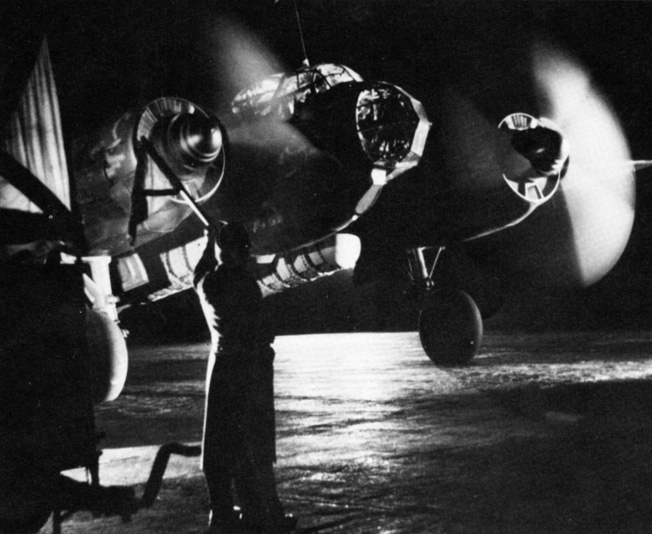
During the night raid of September 7, the first of many, almost 2,000 Londoners were killed or wounded. Thousands of East End families were left homeless. The RAF lost 42 planes, and the Luftwaffe 63. When morning came, the fires were still burning. Union Jacks were planted defiantly in the rubble, and signs on the doors of many shattered stores read, “Business as usual.” Thousands of dazed survivors shuffled to their collapsed or gutted homes and saved what possessions they could find. They gathered in the center of streets away from falling masonry, and many of them loaded their belongings on pushcarts and trudged off to rest centers or the homes of friends and relatives elsewhere in the city.
London was under siege now, and night after night the melancholy wail of air raid sirens echoed through the historic boroughs. Thousands of Londoners sought nightly refuge in public shelters, Underground stations, or cramped metal Anderson shelters in their backyard gardens. They made themselves as comfortable as possible with blankets, cups of tea and cocoa, sandwiches, and biscuits. They made friends, swapped jokes, played games with their children, sang music hall and national songs, and emerged at dawn when the last all-clear siren sounded.
Some people, for various reasons, made no attempt to go to the shelters when the sirens sounded. Instead, they huddled in closets, under staircases, or beneath sturdy tables, and hoped for the best. A 10-year-old Manchester schoolboy heard his father say, “That’s a Jerry; I can tell by the engine.” The boy later recalled, “I duly took my cup of tea and squatted between the table legs with my back to the wall. Just as I had settled comfortably, the plane dropped a land mine. There was a tremendous explosion.”
The City’s Stalwart Defenders
After the terrible night of September 7, the Luftwaffe launched a systematic bombing campaign against Britain’s other major cities. Sheffield, Birmingham, Manchester, Coventry, Liverpool, Glasgow, Belfast, Bristol, Southampton, Plymouth, Hull, Derby, and Leicester were hammered. The cities were also the locations of vital armaments, aircraft, and steel plants and ports and naval docks. Sticks of bombs, incendiaries, and land mines scourged the cities nightly. Fires raged, masonry fell, familiar landmarks vanished, double-decker buses lurched into bomb craters, and fire pumps were rendered useless when water mains were damaged. The walls of office buildings and warehouses teetered and toppled as firemen dropped hoses and ran for their lives.
The 1,600-pound German land mines floated down on parachutes, flattening whole city blocks at a time. Firemen, ARP (air raid precaution) wardens, soldiers, rescue squads, and Army UXB (unexploded bomb) teams worked in perilous conditions. Civilians and off-duty servicemen pitched in to help dig victims out of the rubble and tend the wounded. They labored until morning, and they knew that it would all be there to do again the next night. Uncommon heroism became commonplace in Britain’s blitzed cities.
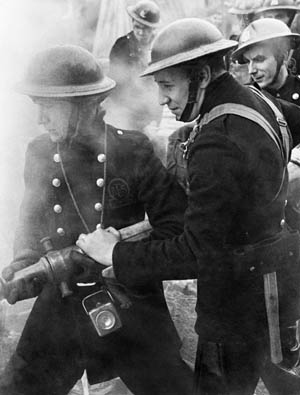
Although the provincial cities shared the punishment inflicted on London, none of them suffered such prolonged ferocity. Two or three consecutive nights of bombing at a time were more common for them. For London, Sept. 7-8, 1940, was only the first of 57 straight nights of raids—and there were many more to follow.
Night after night, sirens heralded the approach of the German bomber formations. RAF night fighters—Hawker Hurricanes, Boulton-Paul Defiants, Gloster Gladiator biplanes, and Bristol Blenheim light bombers—took off to challenge the raiders. They hunted the enemy blindly, and there was little they could do to prevent the raids.
Searchlight beams knifed and arced across the sky, and the antiaircraft guns thundered. The defense of the cities fell at first almost entirely to the 3-inch, 3.7-inch, and 4.5-inch batteries of Lt. Gen. Sir Frederick Pile’s Antiaircraft Command, popularly called “ack-ack.” But, as with the RAF, there was little the guns could do. They had no sure way of locating the German planes and no way of firing accurately in the dark.
The sandbagged gun batteries, manned by both men and women of the Royal Artillery, were sited around the major targets. Though their barrages were less than accurate, they were resounding morale builders for the civilians under attack. A 12-year-old London boy reported later how, during the Blitz, “mobile gun units would roar up the road, clamp down, and fire a few salvos before rushing off elsewhere. I don’t think they ever shot any enemy planes down, but it helped morale.”
A Normal Life Between the Bombings
On Sunday, September 8, during the second night raid, every railway line into the capital from the south was hit by bombs, but even so, commuters made it to work the following morning. They hitched rides on trucks, rode bicycles, or walked. A young Tooting woman thumbed a lift on a truck and then walked to her insurance office in the City (the financial district). When she saw weary firemen still toiling amid rubble, soot, falling tiles, broken glass, and flaming gas mains, she walked over and handed them her lunch sandwiches.
Each dreary morning, the city dwellers who had survived another night of terror strove to cheer each other with a smile or a joke about Adolf Hitler and to carry on some semblance of normal life. Commuters joined rescue workers for breakfast at mobile canteens; office workers cleaned up damaged furniture and sorted out blast-strewn files; deliverymen picked their way through the rubbled streets with bread and milk, and merchants arranged their wares in windowless stores or on curbsides. The Londoners said, “We can take it,” and that phrase became their motto in the stern months of 1940-1941 when Britain stood alone against the Axis powers.
The Common Plight
In the first half of September 1940, 2,000 civilians were killed and about 8,000 injured. Eighty percent of the casualties were in London. The toll rose steadily. In the third week of that month, 1,500 civilians died—1,300 of them in the capital. During the whole month, 6,954 people were killed, the majority in London. Many Cockneys (city natives) began to feel disgruntled about their ordeal, while more fashionable areas of London—Knightsbridge, Chelsea, Mayfair, and Westminster—escaped the full weight of German bombs. Strict government censorship was in force, and reports of damage locations and casualties were deleted from local newspapers and foreign correspondents’ cables.
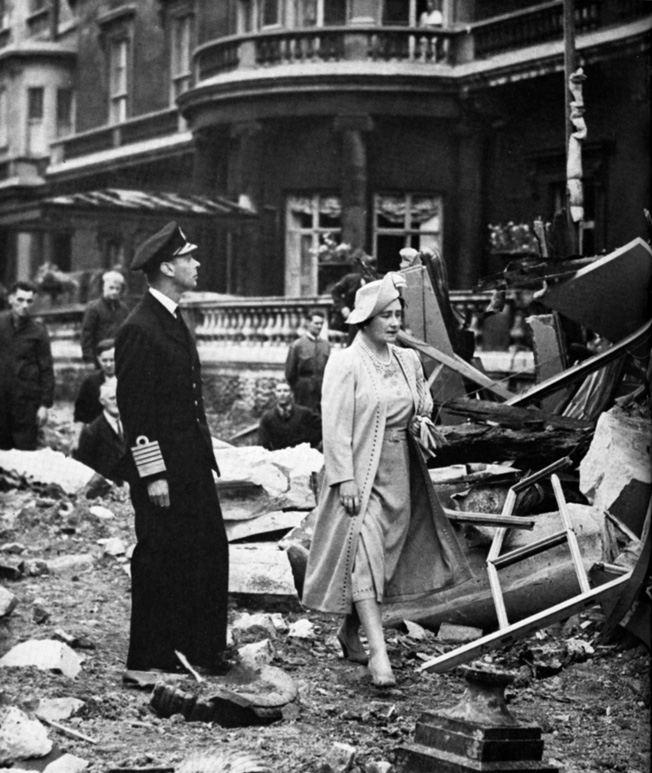
Soldiers in London regiments stationed in other parts of the country fretted about the fate of their families and homes. Morale sagged. Then, just when there were fears that the usually good-natured Cockneys were growing increasingly restive, and after a procession of angry East End residents had marched in protest to the posh Savoy Hotel in the West End, the Luftwaffe ironically provided a godsend on September 10. Through a navigational fault, a flight of German bombers, on its way to hit the docklands, veered off course and dropped its bombs on Chelsea and Victoria Station on the fashionable side of London.
One of the bombs hit the northern side of Buckingham Palace, where King George VI, Queen Elizabeth, and their two daughters, Elizabeth and Margaret Rose, were in residence. They had a narrow escape when the bomb exploded in the courtyard. The censors promptly blacked out the story, but Prime Minister Churchill learned of it and was enraged. “Dolts, idiots, stupid fools!” he stormed. “Spread the news at once. Let the humble people of London know that they are not alone, and that the king and queen are sharing their perils with them.”
As the gracious royal couple picked their way through the palace rubble the next morning, the queen said, “I’m glad we’ve been bombed. It makes me feel I can look the East End in the face.” When the royal pair later toured bombed out areas of the city, they were greeted with cheers and waving flags. The bombing of the palace boosted national morale by emphasizing the people’s common plight.
“No Flag up There was White”
A new spirit of determination took hold of the Londoners as they endured the nightly raids, and an American journalist reported it all to his radio audience across the Atlantic. On a late September afternoon, Edward R. Murrow, chief European correspondent for CBS Radio, gazed at London from a rooftop. That night, in his resonant, slightly sardonic voice, he began one of his famous broadcasts: “This … is London. I saw many flags flying from staffs. No one told these people to put out the flag. They simply feel like flying the Union Jack above their roof. No flag up there was white.”
Nothing captured the drama of a great city under siege more vividly for millions of American listeners than did the broadcasts of the eloquent North Carolinian, who strode about London in a rumpled raincoat and rakish homburg, staying away from air raid shelters because “once you start going into shelters, you lose your nerve.” As a Luftwaffe bomber approached his rooftop observation post one night, Murrow reported, “Off to my left, I can just see that faint-red angry snap of antiaircraft bursts. Four searchlights are swinging over in this general direction. The plane’s still very high. The searchlights now are feeling almost directly overhead. Now you’ll hear two bursts a little nearer in a moment. There they are! That hard, stony sound.”
Murrow was impressed by the many unsung heroes he met, such as the soldiers sifting carefully through debris for possible survivors. “They paid no attention to the bursts of antiaircraft fire overhead as they bent their backs and carried away basketfuls of mortar and brick,” he reported. “A few small steam shovels would help, but all the modern instruments seem to be overhead. Down here on the ground, people must work with their hands.”
The Nights Underground
Night after night, the bombs fell, the RAF night fighters took off, searchlights probed the sky, and the Bofors guns boomed. Hundreds of ack-ack guns now ringed London, and several batteries were set up in Hyde Park, “where people can hear them blast off,” as Churchill put it. London was taking it and carrying on, no matter how much destruction the Luftwaffe wrought. Rosemary Black, a young war widow, looked through her shattered windows in Hampstead and wrote wryly in her diary, “The papers now say that London has taken the worst punishment from bombing in the history of warfare, even worse than Rotterdam. We are all delighted to hear this.”
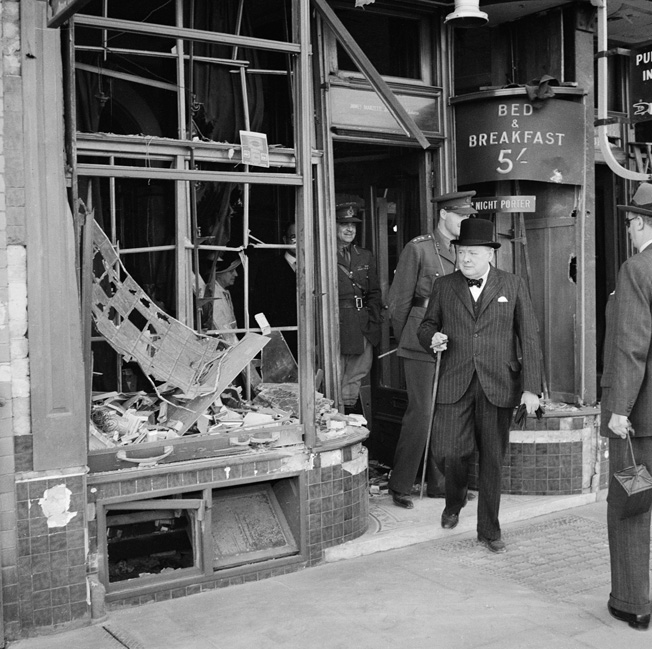
The autumn leaves began to fall, and the nights grew misty and cooler. Still the sirens wailed, and still the people braced. For many, it was one sleepless night after another as incendiary fires lit up the sky and bombs shook the old city. Forty-four percent of Londoners spent the nights in their homes or garden shelters, and another 44 percent went to public shelters. For most of the latter, this meant the Underground stations. Because there were not enough large, deep public shelters, more and more people had started seeking refuge in the city’s subway system. The movement had started in the East End and spread across the capital.
Every evening, as dusk fell and sirens heralded the coming of German aircraft, thousands of men, women, and children streamed into the Underground stations clutching blankets, food, and drink. They rode the escalators to the platforms below and settled in for the night. The trains kept running until around midnight, and travelers had to pick their way among the families sprawled across the platforms. By late September 1940, an estimated 177,000 Londoners were spending their nights underground. They calmly arranged their bedding on the station platforms and chatted, read, played cards, or napped as best they could. Middle-aged wives and widows of the Women’s Voluntary Service dispensed sandwiches and mugs of tea.
The Underground dwellers listened to the muffled thunder of bomb blasts and ack-ack guns, and cheered each other by telling bad jokes about Hitler and Göring and singing such popular songs as “Roll Out the Barrel,” “Tipperary,” “I’ve Got a Sixpence,” “Run Rabbit Run,” “The Lambeth Walk,” “Hey Little Hen,” “Pack Up Your Troubles in Your Old Kit-Bag,” and “Bless ‘Em All.”
Many of the Underground stations’ nightly tenants arranged their own amusements, usually sing-alongs and performances by buskers, the musicians who traditionally performed on the streets for people lined up outside theaters and cinemas. At the Aldwych station in the heart of London’s theater district, such famous stars as Laurence Olivier, Vivien Leigh, and songwriter-vocalist Ivor Novello arrived after their evening performances to present impromptu songs and sketches.
The Bombing of Coventry
On the clear, moonlit night of November 14, 1940, a force of 439 Heinkel He-111 bombers droned over Lincolnshire and headed for the arms plants in and around Coventry. At 7:20 pm, 10 pathfinder planes dropped more than a thousand incendiary bombs in the center of the old city. The fires acted like a mammoth beacon for the main German force. The raiders dropped 511 tons of high-explosive bombs, land mines, and incendiaries. They targeted the factories, most of which were located in residential areas. Sixty thousand buildings were damaged, including 111 factories (12 were aircraft plants), 600 stores, 121 office buildings, 28 hotels, and all of the city’s railway lines. Much of Coventry was an inferno.
Fires burned out of control, historic buildings collapsed, and rescue teams worked feverishly to reach people trapped in ruined homes. The heart of the city was wiped out. Hospitals were destroyed, centuries-old timbered buildings burned like matchwood, and the devastation of Coventry Cathedral became a symbol of German ruthlessness. The raid claimed 568 civilians dead and 1,256 injured. Of the dead, 165 were so mutilated or charred that they could not be identified and were buried in a common grave.
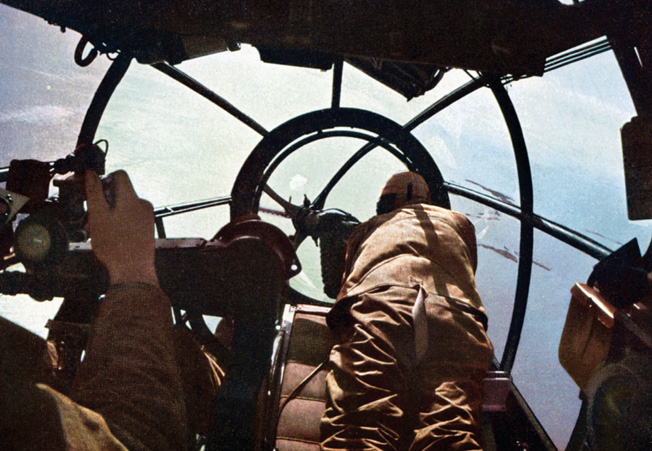
Coventry was poorly defended. The city had 40 ack-ack guns reinforced by light guns and mobile batteries, and the RAF flew 120 sorties against the raiders. But only one enemy plane was downed. An official report quoted a survivor as declaring, “Coventry is finished.” The city’s morale was, in fact, battered, yet the workers in the weapons and aircraft plants soon restored and even increased production.
Soon after the Coventry raid, London again felt the awesome power of the Luftwaffe’s parachute mines. At Portland Place in the West End, a parachute mine blew up a wing of the British Broadcasting Corp. building, destroyed a hotel, and flattened the surrounding area. Other such mines devastated large areas in Hammersmith, Chelsea, and the City. Some mines and bombs failed to detonate, and hastily recruited two-man teams of technicians were dispatched to defuse them. It was a perilous task that called for courage of the highest order.
200,000 Homes Destroyed
In the week after the Coventry onslaught, the Birmingham arms factories were targeted. About 900 civilians were killed and almost 2,000 wounded there. Three weeks later, Birmingham was devastated again. Six churches, 11 schools, two cinemas, a hospital, and a crowded air raid shelter were hit. The German raids became more indiscriminate. Shortly before Christmas 1940, the great industrial cities of Sheffield, Manchester, Liverpool, and Hull were targeted by Luftwaffe bombs.
In Sheffield, fire engines were hampered because many streets were blocked by trams (streetcars) welded to their rails by the fierce heat of the fires. Manchester and Liverpool were hit by 250 enemy bombers, and in Manchester five hospitals, three hotels, 20 churches, a theater, a store block, two large air raid shelters, and 11 railway bridges were destroyed. The raids brought hardship to thousands. A Merseyside girl left a shelter one morning for home and found “there was no home.” She reported, “All that was left was a pile of bricks. We had nowhere to live except the shelter, and that was to be our home for six months. We had our meals at different relations.”
Homelessness was widespread. More than a million homes were ruined or damaged in London, while in the busy port of Hull, a frequent target, 87,000 homes were bombed. Across the whole part of the country attacked by the Luftwaffe almost four million out of 13 million homes were damaged and 200,000 destroyed.
The Rubble Rescuers
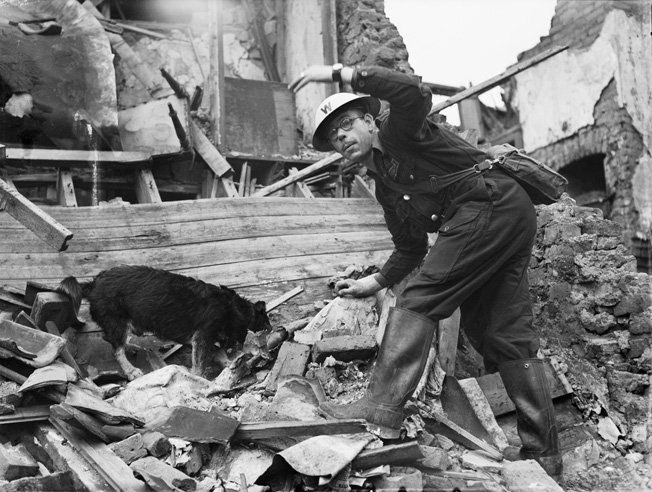
As soon as the German bombers turned away and the all-clear sirens wailed, teams of helmeted, short-sleeved rescue workers got busy digging through the wreckage and rubble for trapped people. They used picks, shovels, and bare hands, and it was backbreaking work that usually continued night and day. They pulled on ropes and used long poles as battering rams to knock down shaky walls, and as they toiled there was the danger of injury or death from falling beams and masonry, and from broken gas mains.
The rescuers listened hard for sounds of life and movements in the rubble. If they heard nothing, they would start sniffing like dogs for the smell of blood. Besides police officers, firemen, and off-duty servicemen, the rescue squads usually comprised plumbers, carpenters, and electricians, and there were countless reports of their tenacity. In London, rescuers dug for 18 hours to locate an injured woman in the cellar of her demolished house. If the buried victim happened to be a child, they continued their efforts for days. One 12-year-old girl was rescued from the ruins of her home after having been buried for four and a half days and nights.
The Second Great Fire of London
King George, Queen Elizabeth, and Prime Minister Churchill paid many visits to badly bombed districts to assess the damage and cheer the citizens. After one of his walking tours, Churchill wrote, “In all my life, I have never been treated with so much kindness as by the people who have suffered most. One would have thought that I had brought them some fine substantial benefit which would improve their lot in life. When we got back in the car, a harsher mood swept over this haggard crowd. ‘Give it ‘em back,’ they cried. ‘Let ‘em have it, too.’”
There was a lull in the bombing during Christmas 1940, when the dwellers in the Underground stations decorated makeshift trees and sang traditional carols like “Once in Royal David’s City,” “Good King Wenceslas,” and “O Holy Night.” Then came one of the most severe raids on the British capital. December 29 was a quiet Sunday at the end of the Christmas week—until the Luftwaffe formations returned and the sirens echoed shortly before 7 pm.
It was not a major raid from the German viewpoint, with only 136 bombers reaching the target. But they dropped 127 tons of high- explosive bombs and 613 canisters of incendiaries that started 1,500 fires. There were conflagrations in Finsbury, Stepney, and Shoreditch, but more than 1,400 of them erupted in the City. Many of the fires merged to produce two huge infernos, and the whole area between St. Paul’s Cathedral and the Guildhall burned. It was the second Great Fire of London.
In spite of government appeals, many City office blocks and warehouses were securely locked against burglars, and many of them had no fire watchers on duty to douse the incendiaries as soon as they landed. Almost all of the churches were locked and unguarded, except for the majestic St. Paul’s Cathedral, Sir Christopher Wren’s masterpiece. Fire engines rushed to the area, but their crews found themselves confronted by a vast sea of flame. A westerly 50 mile-per-hour wind fanned the flames, and the firemen were unable to draw enough water pressure. Major water mains had been damaged by bombs, and the Thames was at an unusually low ebb that evening.
The raid was a short one, lasting for a couple of hours. The enemy bombers would return later that night, but bad weather was closing in on their bases. Meanwhile, London’s financial district burned furiously. Eight churches designed by Wren were destroyed, as well as the Guildhall. Guy’s Hospital had to be evacuated; the Central Telegraph Office, the General Post Office telecommunications center, and three city telephone exchanges were put out of action, and five railway stations and 16 Underground stations were closed.
Miraculously, St. Paul’s Cathedral was spared. Fire and smoke swirled around it, and the famous dome was hit by sticks of incendiaries, but the fire watchers there—deans, curates, vestrymen, laymen, architects, and other volunteers—fought hard to dampen every fire that broke out.
The Bombings of 1941
The year 1941 dawned bleakly for Britons. Large areas of all major cities lay in rubble. The people were weary; they had taken too much for too long. Food and most other essentials were severely rationed. The average family was lucky to eat meat once a week; oranges and bananas had not been seen for months, and there was even a distressing shortage of tea, the national beverage.
There was a bright note, however. Gradually, the island’s defenders became able to hit back at the enemy more effectively. With new radar-equipped Bristol Beaufighters, the RAF could now, as Churchill said, “claw the Hun out of the sky.” The year 1941 brought more raids, though the Luftwaffe offensive appeared to be losing steam. German losses were increasing, and the British were not collapsing as the Nazi high command had predicted. Nor were the continued raids having a serious effect on British war production.
But the sirens still sounded, and Britons still looked upward with apprehension. The naval port of Plymouth was hammered by bombs in March and April, and the busy Clydebank shipyards were raided on two successive nights that March. The workers and inhabitants fled to the nearby moors when the bombers approached and returned for work in the morning.
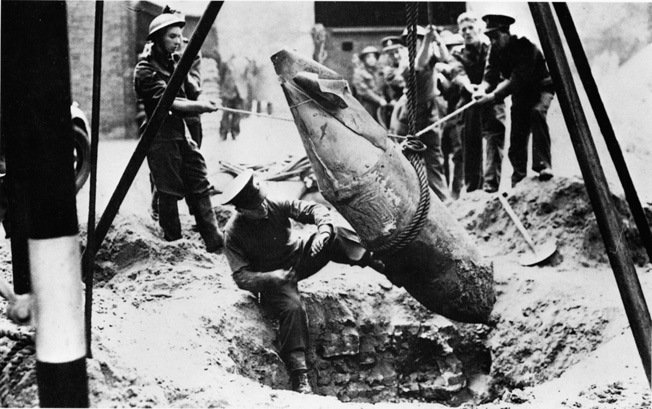
On March 19, bombs killed 750 civilians in London. That May, Liverpool suffered eight successive nights of bombing, while Bristol, Cardiff, Southampton, and the great naval base of Portsmouth were blitzed repeatedly. Meanwhile, bombs continued to fall on Newcastle, Hull, Belfast, and Nottingham. The raids reached a new peak in the second half of April 1941, and Coventry, Bristol, Belfast, Portsmouth, and Plymouth were again devastated.
At 11 pm on Saturday, May 10, sirens began to wail all over London, and the capital was subjected to its most damaging attack of the year and what would turn out to be its last mass bomber raid. During 541 sorties from 11:30 that Saturday night to 5:37 on Sunday morning, the German planes killed more than 1,400 civilians, destroyed 5,000 houses, and left 12,000 people homeless, some of them for the second or third time. Intense ack-ack fire kept the bombers flying high, but they nevertheless inflicted severe damage all over the city. More than 2,200 fires were reported during the night, and for a time 700 city acres were ablaze. The glow of the fires lit the London sky for three days.
Bombs damaged the houses of Parliament, Westminster Abbey, Big Ben, the British Museum, and Westminster Hall and Westminster School. Other bombs hit Scotland Yard, the Salvation Army headquarters, and every main line railway station in the capital. Five hospitals were hit, and every church in the city was damaged or destroyed. The Luftwaffe lost 14 planes.
Victory over the Skies of Britain
The long months of bombing raids had begun to wane, and Britons began to enjoy some quiet if uneasy nights. They wondered now what Hitler was up to, and on June 22, 1941, they got their answer when German armies invaded Russia. Although air raids continued sporadically, with York, Exeter, Bath, and Canterbury heavily damaged in March-April 1942, the pressure was off the damp, green, little island and its stubborn people.
The battle for Britain had been won—by careful government planning, by the skillful deployment of limited resources, by technological advances, and above all by the courage of airmen, soldiers, firemen, rescue workers, and ordinary citizens. They had proved that a free people cannot be defeated by airpower alone.
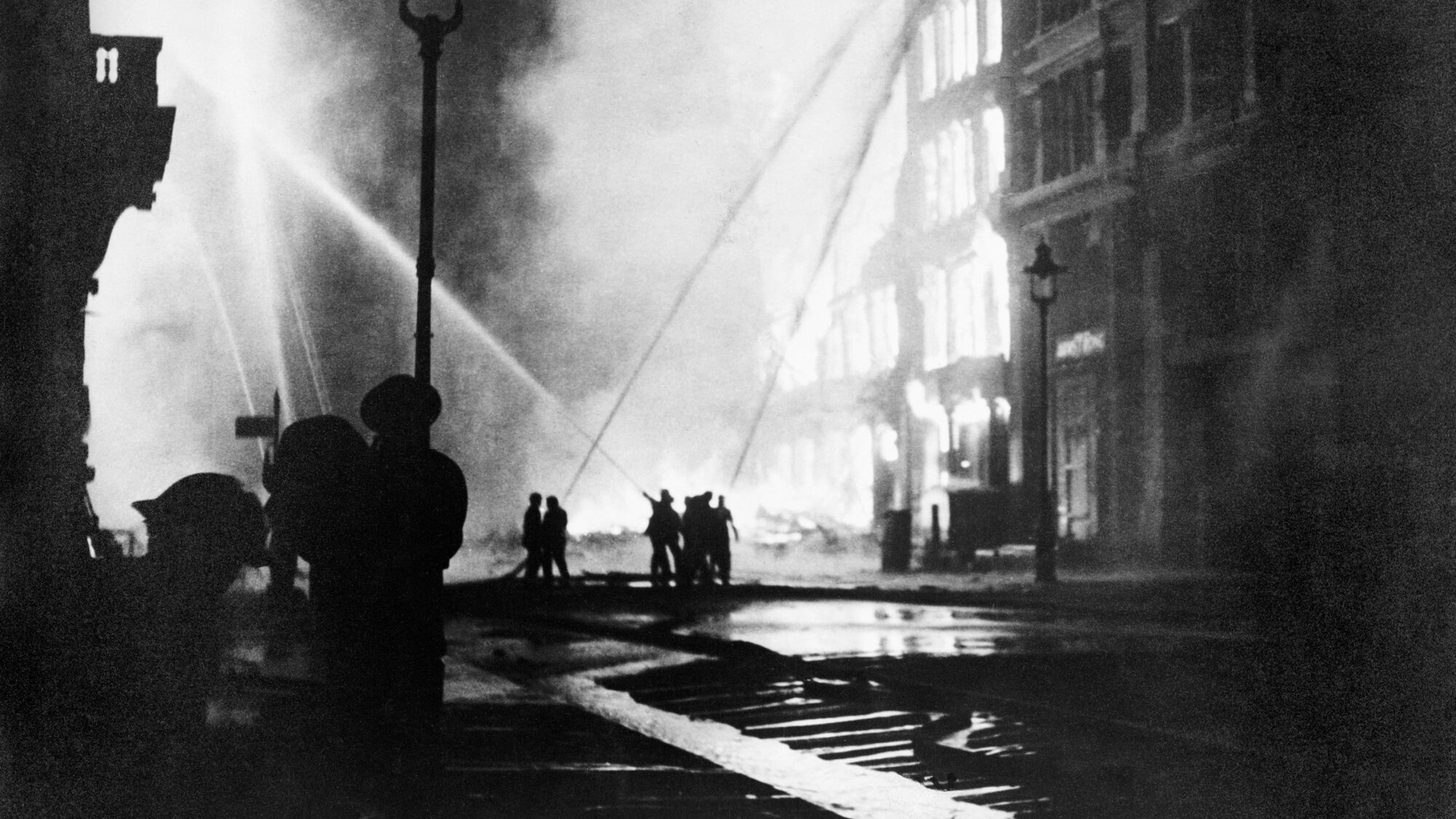
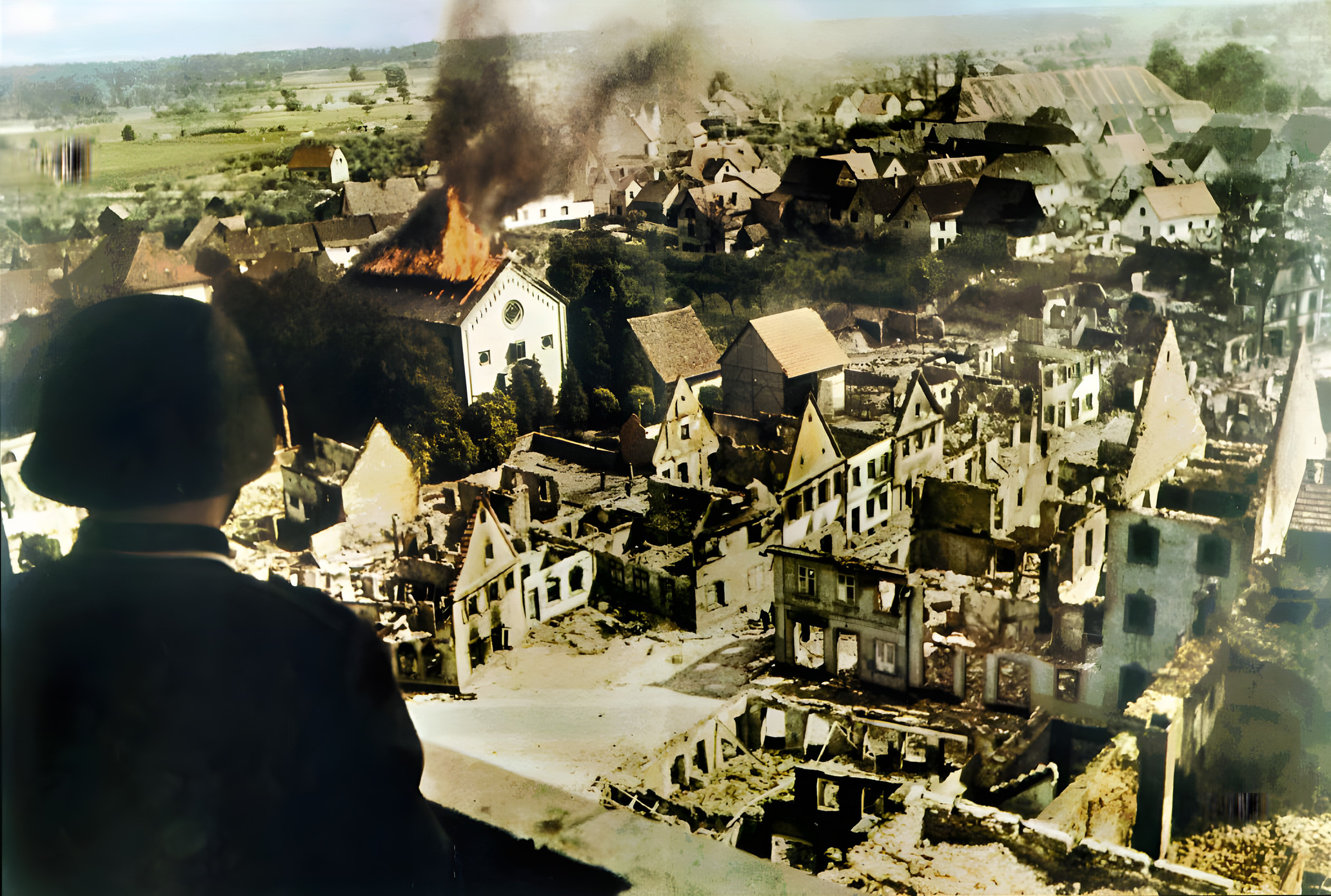
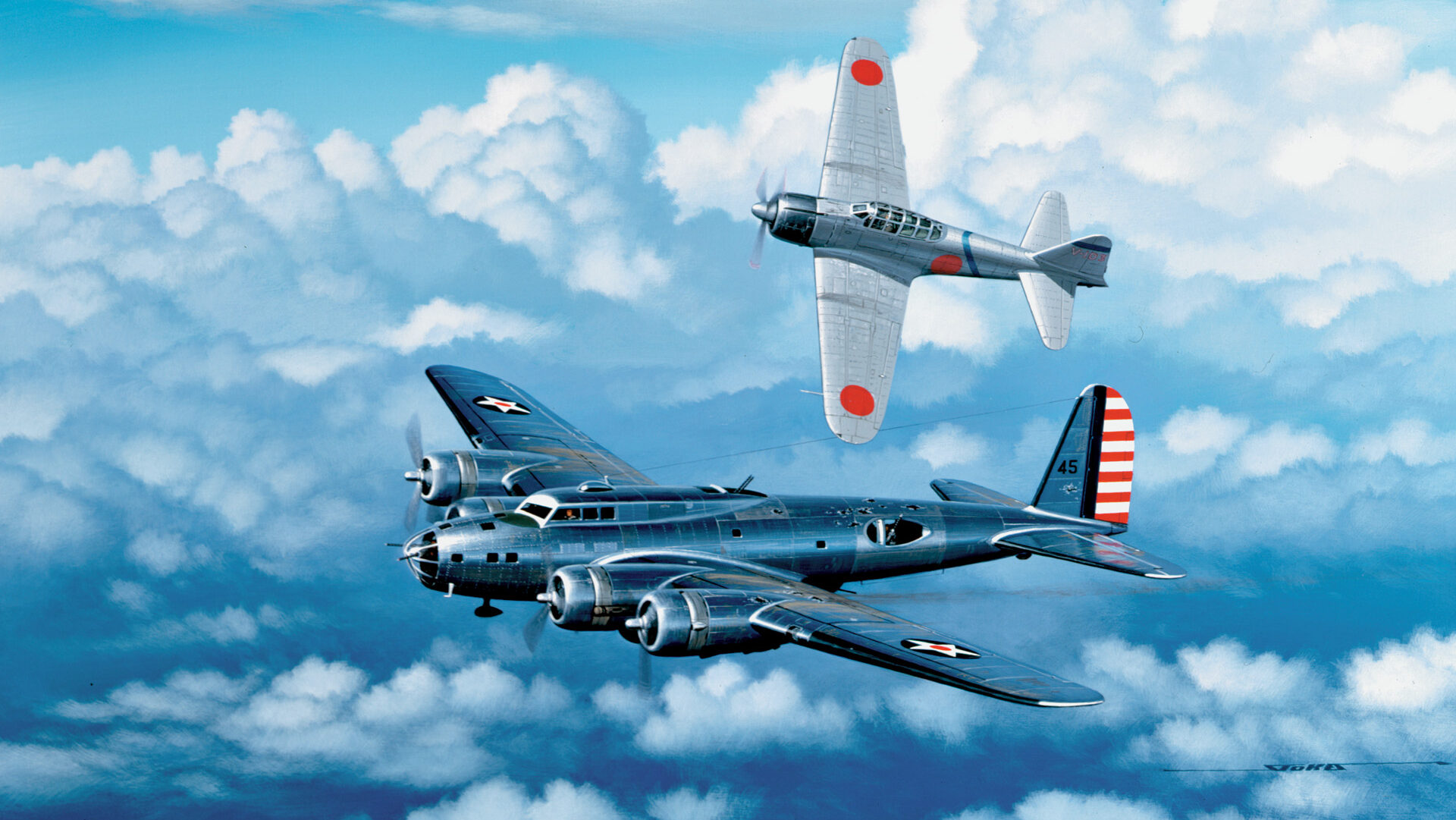
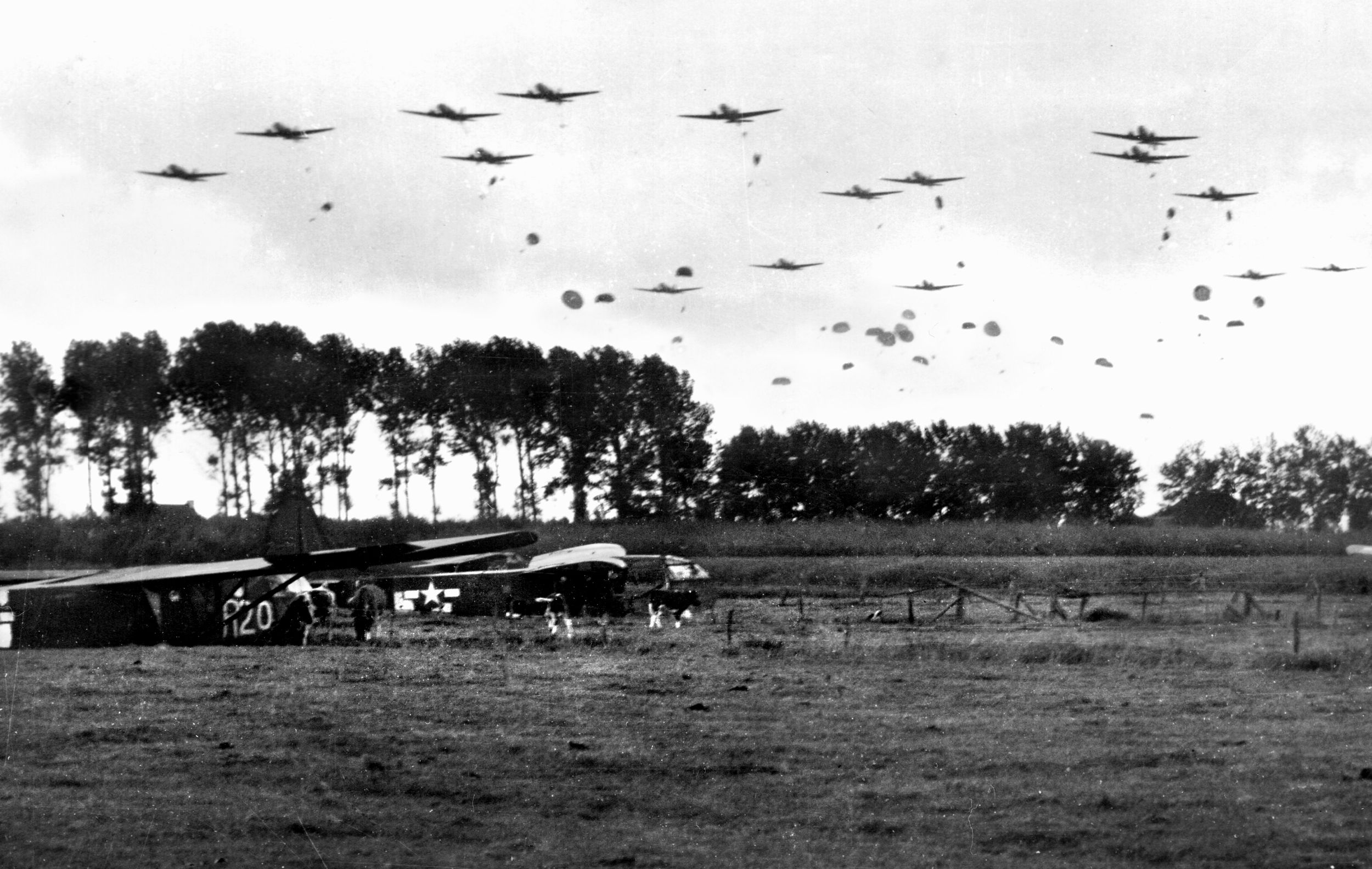
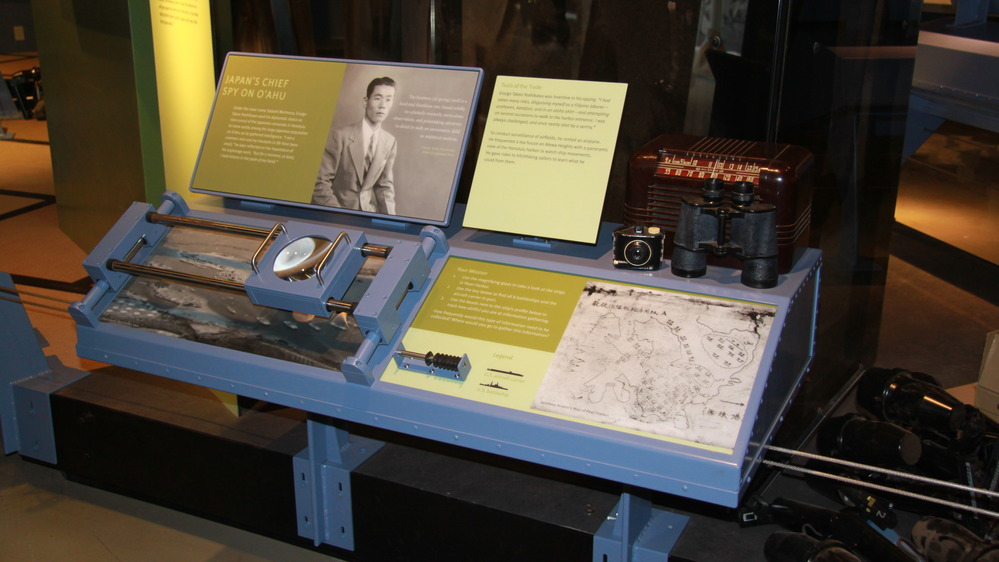
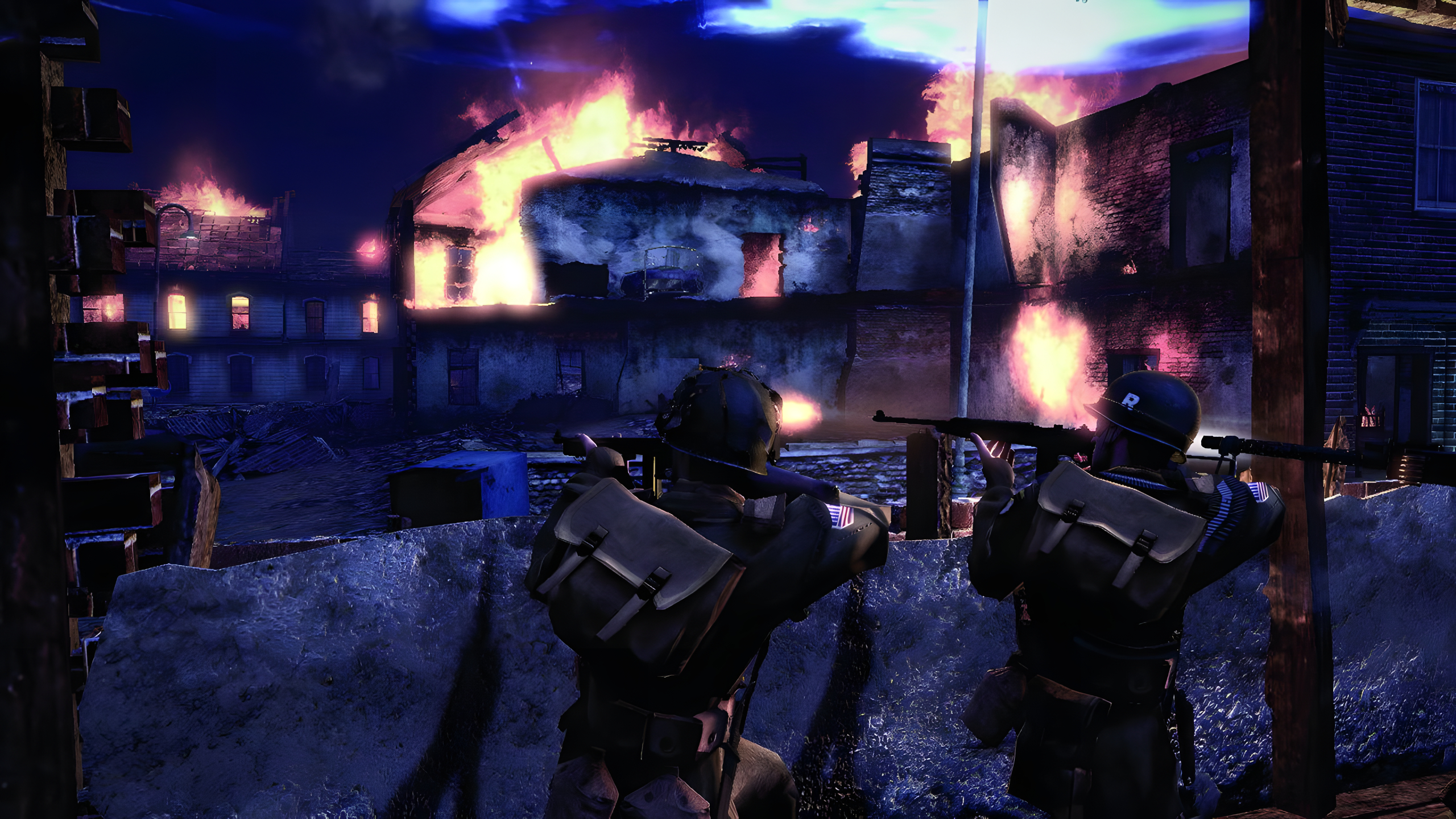
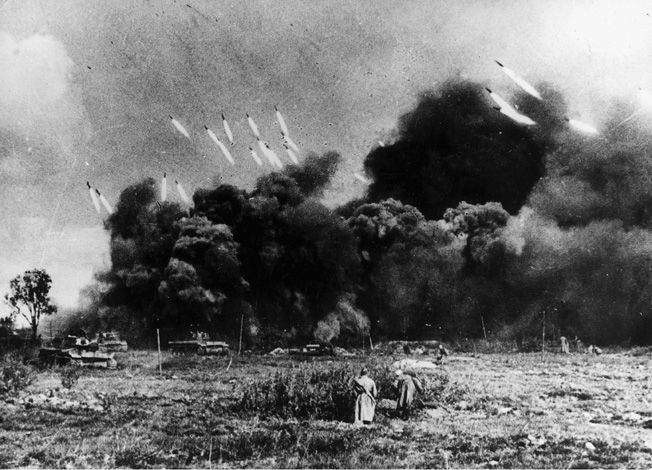
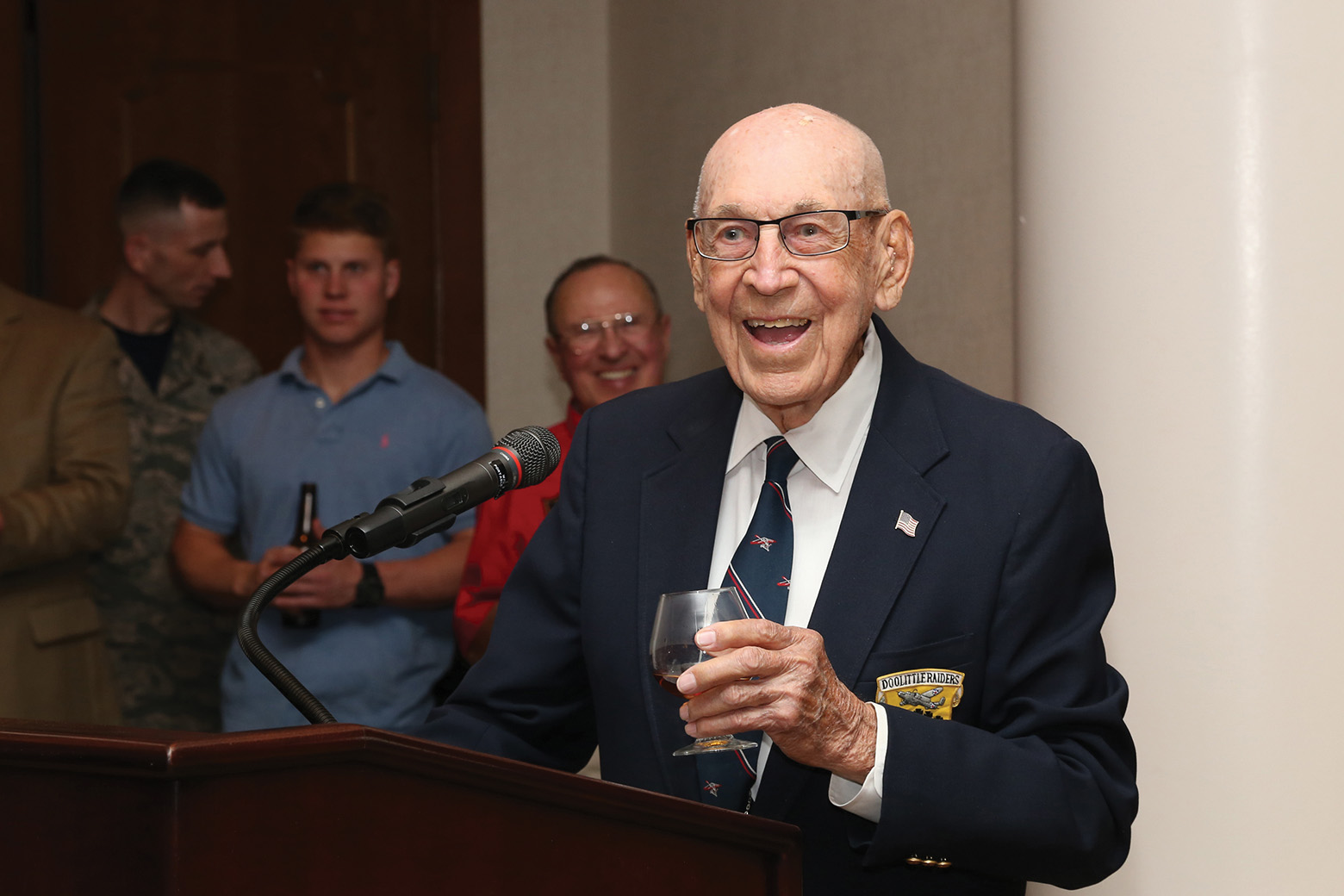
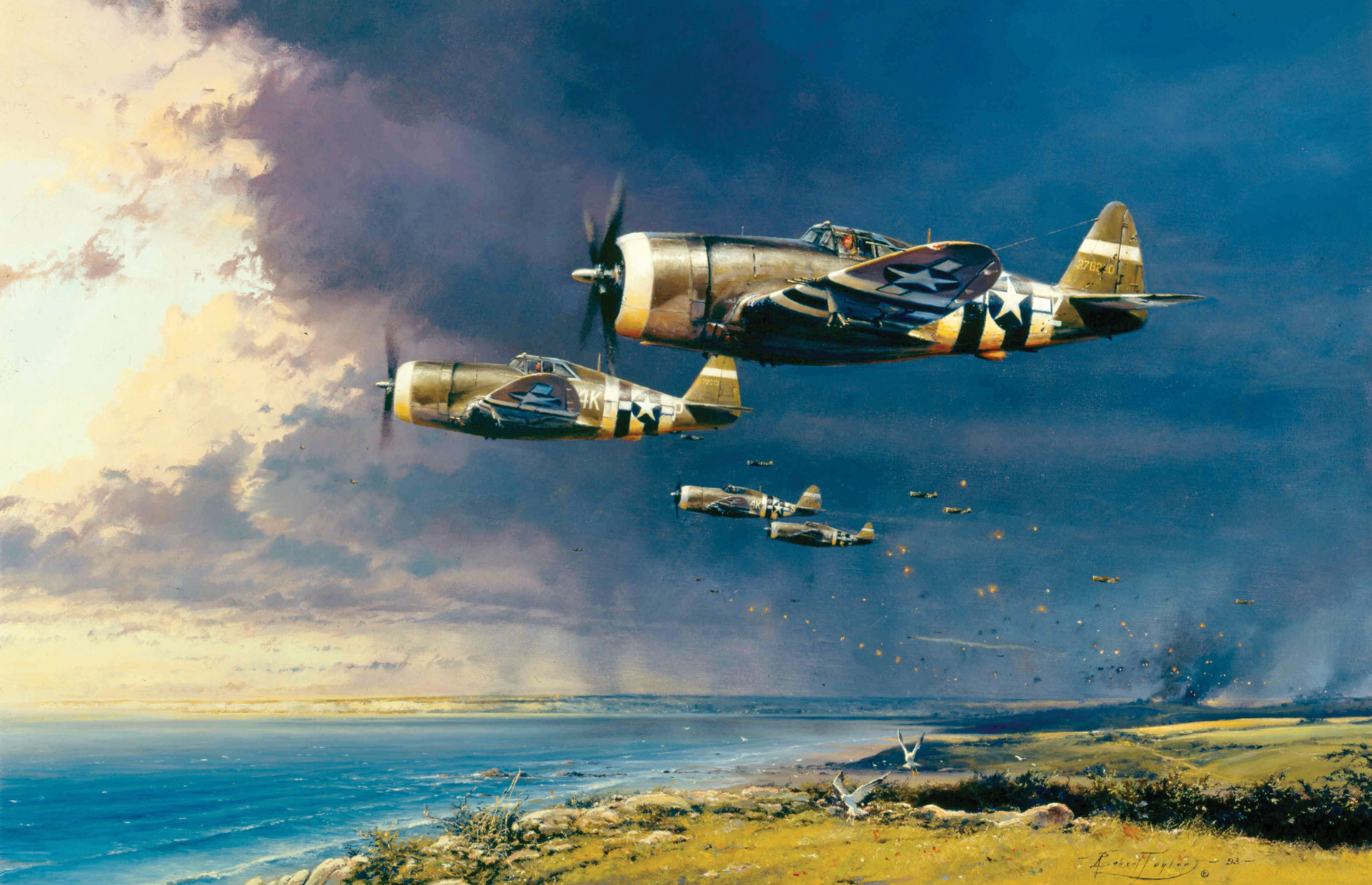
Join The Conversation
Comments
View All Comments